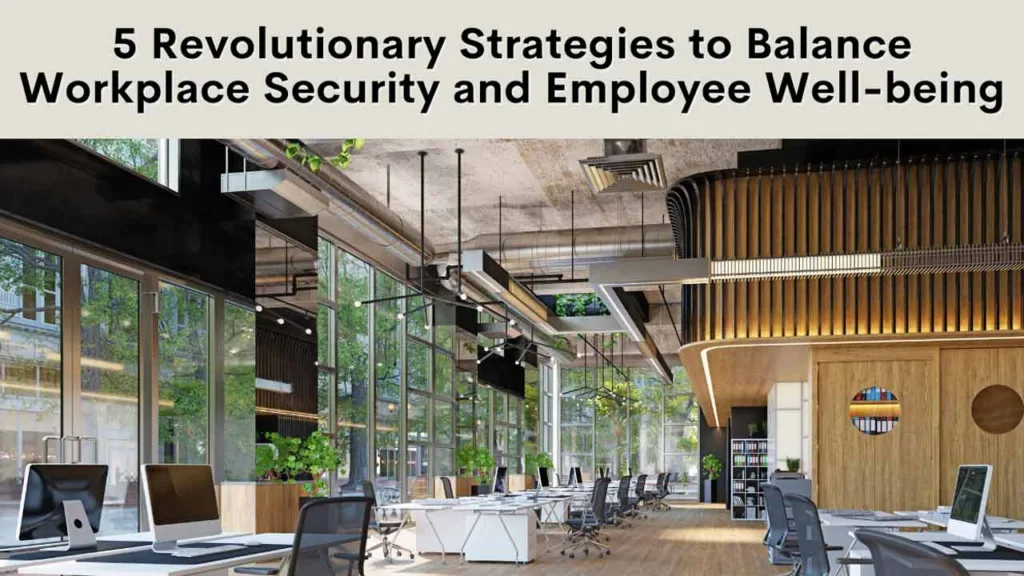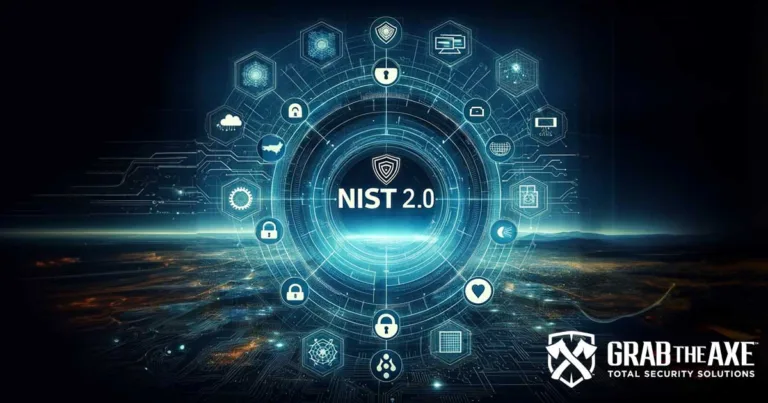In today’s fast-paced business environment, workplace security psychology plays a pivotal role in shaping the safety and morale of employees. While implementing stringent security protocols is essential for safeguarding assets and information, it’s equally crucial to consider the psychological impacts these measures have on the workforce. Balancing robust security with a positive, unimpeded work atmosphere is not just a goal—it’s a necessity for fostering innovation, satisfaction, and productivity.
1. Leadership’s Role in Cultivating Psychological Safety
Research underscores the significance of leadership in creating a psychologically safe workplace. Leaders who openly acknowledge mistakes and show vulnerability pave the way for a culture of trust and openness. This environment encourages risk-taking and candid feedback, essential components of workplace security psychology (Preston, n.d.; Cooper & Hardie, n.d.).
Expanding on the first strategy, it’s critical to discuss how leaders can actively create an environment that values vulnerability as a strength rather than a weakness. This involves leaders sharing their own challenges and learning experiences, setting the stage for an open culture where mistakes are viewed as growth opportunities. By doing so, leaders not only promote psychological safety but also demonstrate that security protocols are in place to support, not stifle, the creative process.
Further Exploration: Engage employees in security decision-making processes to give them a sense of ownership and control over their work environment. This collaborative approach can demystify security measures and reduce potential anxiety associated with them.
2. Promoting Open and Respectful Communication
Clear, respectful communication is the cornerstone of a psychologically safe environment. By facilitating open discussions and actively listening, organizations can ensure that security measures are understood and respected, rather than feared or resented (Preston, n.d.).
To further enhance open communication, organizations can implement regular feedback loops where employees can voice their concerns and suggestions about security measures in a non-threatening manner. Establishing channels such as anonymous feedback boxes or regular town hall meetings encourages dialogue between employees and management, ensuring that security measures are both effective and psychologically considerate.
Further Exploration: Use case studies of security breaches in similar industries to discuss with teams during meetings. This real-world context can help employees understand the rationale behind certain security protocols, making them more likely to adhere to them willingly.
3. Ensuring Inclusivity and Diversity
A diverse workplace that celebrates cognitive differences is more likely to be innovative and resilient. Training employees to recognize and mitigate cognitive biases contributes to a more inclusive environment where workplace security psychology is positive and empowering (Cooper & Hardie, n.d.).
Diversity training programs that specifically address security protocols can help ensure that all employees, regardless of their background, understand and feel comfortable with the security measures in place. Training can be tailored to address the concerns of different groups within the organization, ensuring that security measures do not inadvertently exclude or alienate anyone.
Further Exploration: Create a diversity council within the organization to review and provide feedback on security policies and practices, ensuring they are inclusive and equitable.
4. Learning from Mistakes
Adopting a learning mindset towards mistakes can significantly enhance psychological safety. Organizations that view errors as opportunities for growth rather than failures to penalize are better positioned to integrate security measures seamlessly into their operations (Kennedy, n.d.).
In addition to viewing mistakes as opportunities for learning, it’s beneficial to systematically analyze incidents where security measures may have negatively impacted employee well-being. Conducting a thorough review and openly discussing these incidents can lead to improvements in both security protocols and the overall work environment.
Further Exploration: Implement a ‘lessons learned’ database where employees can anonymously submit experiences related to security measures, providing valuable insights for continuous improvement.
5. Psychological Safety and Organizational Performance
The benefits of fostering psychological safety extend beyond individual well-being, impacting organizational performance at large. Companies that prioritize psychological safety witness increased employee retention, creativity, and a positive workplace security psychology, ultimately contributing to the bottom line (Workable, n.d.).
Highlighting specific examples of how enhanced psychological safety has led to improved organizational performance can further convince stakeholders of its importance. Case studies where organizations have successfully balanced robust security with a psychologically safe work environment can serve as powerful testimonials to the effectiveness of these strategies.
Further Exploration: Conduct internal research to measure the correlation between psychological safety levels and key performance indicators (KPIs) before and after implementing these strategies. This data can provide concrete evidence of the positive impact of psychological safety on organizational performance.
The integration of Workplace Security Psychology measures within your business demands careful consideration of their psychological impacts. By implementing these five strategies, organizations can achieve a harmonious balance between security needs and employee well-being, ensuring that the workplace remains a secure yet thriving environment for all.
References:
Cooper, D., & Hardie, K. (n.d.). Creating psychological safety in the workplace. Psychology Today. Retrieved from https://www.psychologytoday.com/us/blog/the-future-work/201909/creating-psychological-safety-in-the-workplace
Kennedy, J. J. (n.d.). How to ensure psychological safety at work. Workable. Retrieved from https://resources.workable.com/stories-and-insights/psychological-safety-at-work
Preston, C. (n.d.). Psychological safety at work. Psychology Today. Retrieved from https://www.psychologytoday.com/us/blog/rethinking-your-work/201910/psychological-safety-work
Workplace Security Psychology – To Learn More:
Empower Your Workforce: 5 Dynamic Employee Safety Strategies Every Business Needs
Spot Dangerous Individuals: Top 5 Essential Signs to Watch Out For






This Post Has 3 Comments
Pingback: Data Security Techniques: Insights from Avery Willets at UAT
Pingback: Business Consulting for Small Businesses: Top 10 Key Benefits
Pingback: Revolutionizing Community Safety: Advanced Security Solutions in Phoenix
Comments are closed.